AFI
SOURCE: AFI

The Indian Army’s Training Command is conducting specialized maintenance training for technicians on the new AK-203 assault rifle. This program, held at the Electrical Mechanical Engineering School (EMESchool) in Vadodara, Gujarat, highlights India’s growing self-reliance in defense production.
The training equips technicians from the Army, Air Force, and Navy with the knowledge and skills necessary to maintain the AK-203 effectively. This ensures the weapon’s optimal performance and reliability in the hands of Indian forces.
Continue readingSOURCE: AFI

For decades, Bangladesh has been a significant purchaser of military equipment from China, relying heavily on Chinese-made hardware to bolster its defense capabilities. However, recent issues with the quality and reliability of these imports have prompted Dhaka to lodge complaints with Beijing. This development raises concerns about the sustainability and dependability of China as a key defense supplier.
The Bangladesh military has reported multiple instances of faulty parts and technical problems across various branches. Notably, the Bangladesh Navy has encountered significant issues with Chinese-supplied vessels. Corvettes, patrol crafts, and onshore patrol vehicles have all shown manufacturing defects and technical challenges. These problems have led to operational difficulties and increased maintenance costs.
Continue readingSOURCE: AFI

Marking the 25th anniversary of the Kargil War, General (Retd.) VP Malik, the former Chief of Army Staff who led the Indian forces during the conflict, addressed a motivational seminar organized by the National Cadet Corps (NCC).
General Malik shed light on the significant difficulties encountered during the war. He revealed that some countries attempted to exploit India’s situation by offering outdated ammunition and used equipment.
Continue readingSOURCE: AFI
)
India’s ambitious plan to see significant industrial benefits from the Rafale fighter jet deal with France appears to be faltering. While the government remains tight-lipped on the issue, experts warn of minimal progress on the ground despite demanding the highest ever offset clause, at 50% of the contract value.
Dassault Aviation, the Rafale manufacturer, has reportedly faced penalties for failing to meet offset obligations, similar to other defense contractors. These offsets, meant to boost India’s domestic defense industry, were factored into the final Rafale jet price in 2016. Further highlighting the issue, European missile supplier MBDA was fined in 2021 for delays in fulfilling its offset commitments.
Continue readingSOURCE: AFI

The Indian military is undergoing a significant air defense upgrade, with the indigenously developed Akash air defense system taking center stage. This medium-range surface-to-air missile (SAM) system is rapidly replacing the aging SA-3 Goa (SA-11 Gadfly in NATO designation) systems, offering a substantial leap in technological prowess.
One recent example of this transition is evident in Awantipora, Kashmir. A strategically crucial location, Awantipora has witnessed the deployment of an Akash battery, effectively taking over the duties of the older SA-3 system. This move signifies a crucial step towards strengthening India’s air defense posture in the region.
Continue readingSOURCE: AFI

In a significant shift from five years ago, the Indian Army has made remarkable strides in enhancing self-reliance through indigenous procurement. The financial year 2019-20 marked a pivotal moment in this journey when 57 percent of Army contracts were awarded to Indian companies, while 43 percent went to foreign vendors. However, subsequent years have witnessed a dramatic increase in the share of contracts with domestic firms, reflecting the government’s robust push for ‘Atmanirbhar Bharat’ (self-reliant India).
The transformation began gaining momentum in the financial year 2020-21, when the share of contracts with Indian firms surged to 73 percent, reducing the foreign vendors’ share to 27 percent. This trend continued into the 2021-22 financial year, maintaining the same distribution, thereby showcasing a sustained commitment to prioritizing domestic defense manufacturing.
Continue readingSOURCE: AFI

Pakistan’s efforts to conceal a recent fighter jet crash were thwarted by the manufacturer of the pilot’s ejection seat. A JF-17 Block 2 aircraft went down near Jhang district on June 5th, but the incident remained unreported in Pakistani media.
The truth came to light on June 11th with a social media post by Martin-Baker, the company behind the PK16LE ejection seat used in the JF-17. Their post confirmed the crash and successful pilot ejection, exposing Pakistan’s attempt to keep the incident quiet.
Continue readingSOURCE: AFI
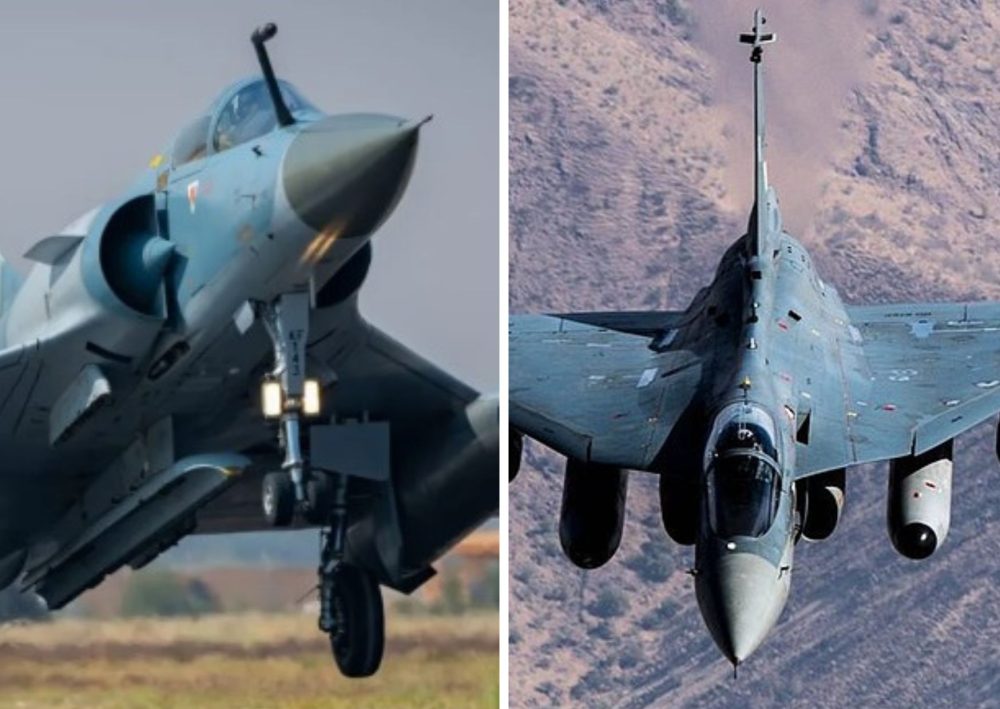
The Indian Air Force (IAF) faces a dilemma: opting for used Dassault Mirage 2000-5 fighter jets from Qatar at a seemingly attractive price of $66.25 million each, or acquiring brand new, indigenous Tejas Mk1A light combat aircraft at $43 million apiece. While the sticker price of the Mirages seems lower, a closer look reveals a different story.
The Mirage 2000-5 fighter jets, offered by Qatar, are priced significantly higher than the Tejas Mk1A jets. At $66.25 million per unit, the Mirage 2000-5 jets come with a hefty price tag, especially considering that they are used aircraft. The Tejas Mk1A jets, on the other hand, are available at $43 million per unit, offering a more economical option for the IAF.
Continue readingSOURCE: AFI
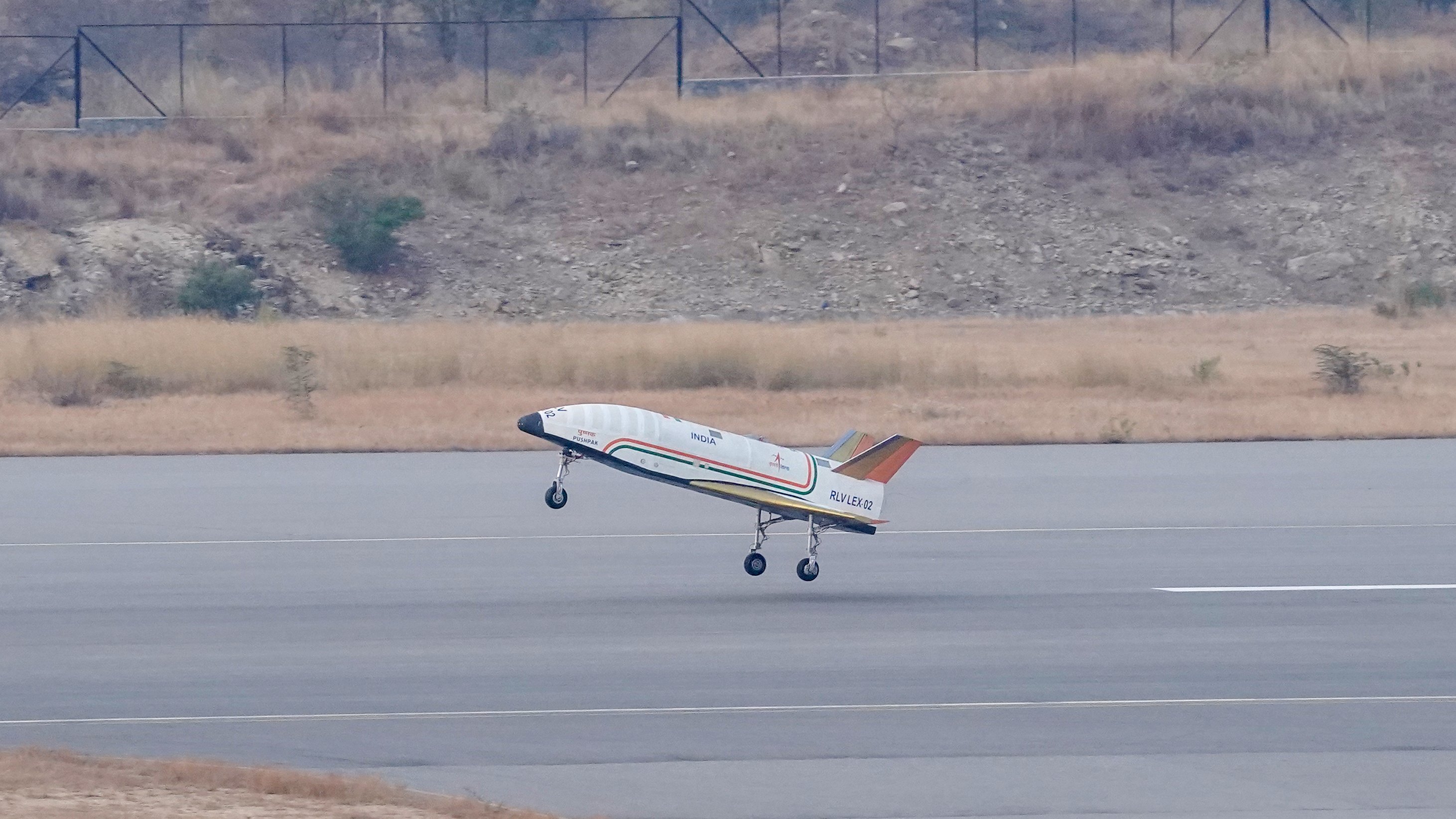
The Indian Space Research Organisation (ISRO) is facing a hurdle in its pursuit of reusable launch vehicle (RLV) technology. While weather conditions permitting, they aim to conduct a crucial experiment this month in Challakere, Karnataka. However, technical issues with a Chinook helicopter are causing delays for a separate integrated air-drop test (IADT) of simulated Gaganyaan crew modules at Sriharikota.
This upcoming experiment focuses on the RLV-LEX series, specifically the third iteration – RLV-LEX-03. Following the successful completion of the RLV-LEX-02 landing experiment on March 22nd, 2024, RLV-LEX-03 aims to push the boundaries further, refining the vehicle’s performance, guidance systems, and landing capabilities.
Continue readingSOURCE: AFI
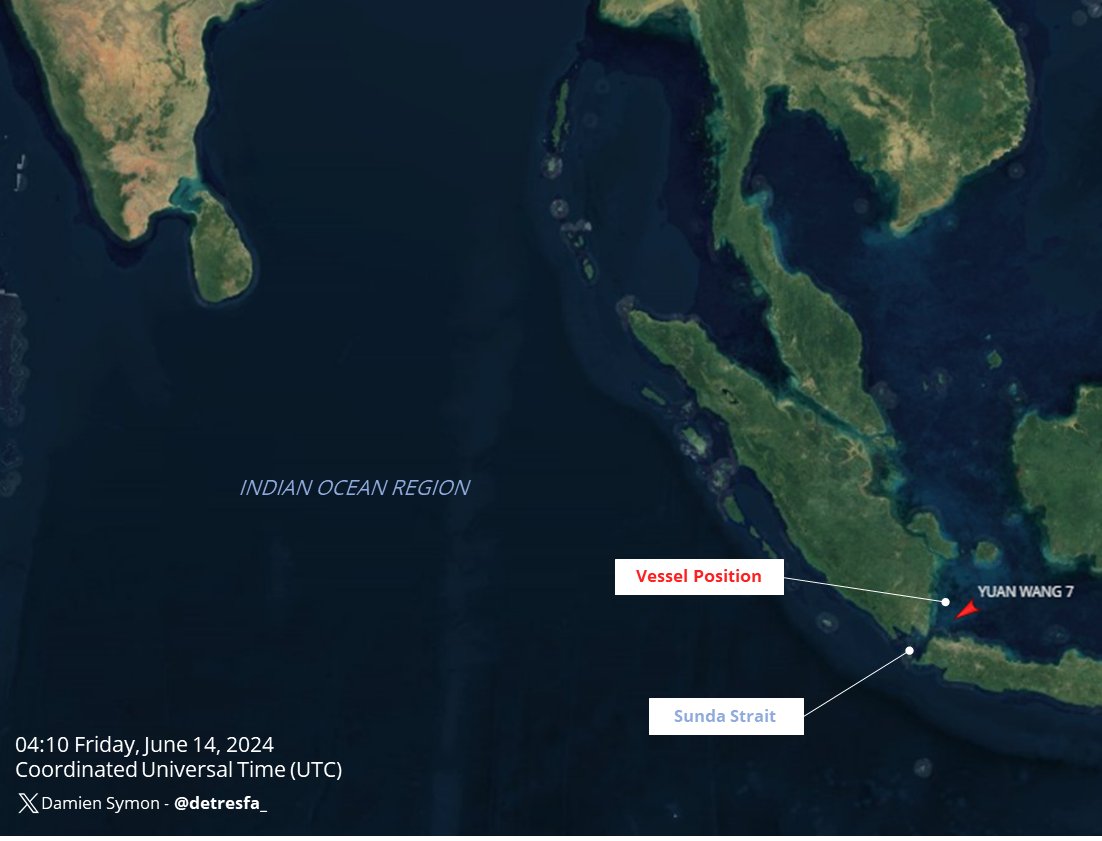
The Chinese missile and satellite tracking vessel Yuan Wang 7 has reportedly set sail for the Indian Ocean region, sparking concerns in India. This development comes amid ongoing tensions between the two Asian giants, particularly regarding their disputed Himalayan border.
The Yuan Wang-class vessels are equipped with advanced sensors and communication equipment, enabling them to track missile launches, satellite movements, and other activities in space. While China maintains these vessels are for scientific research, India views their presence in the Indian Ocean, which it considers its backyard, with suspicion.
Continue readingSOURCE: AFI
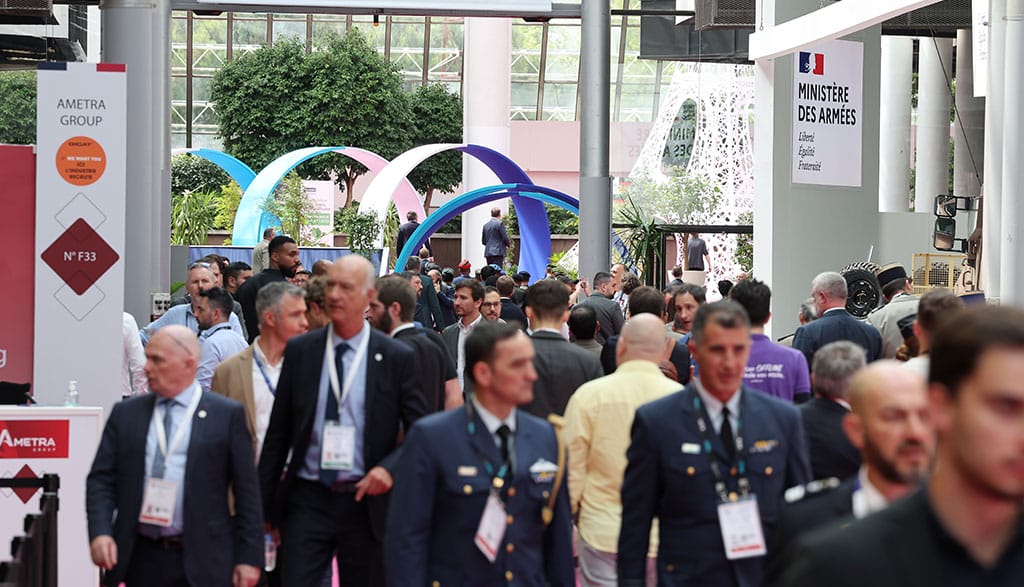
India’s premier defense research agency, the Defence Research and Development Organisation (DRDO), is making a strong impression at the ongoing Eurosatory 2024, a leading global defense and security exhibition held in Paris, France. From June 17-21, DRDO is showcasing a range of its most advanced technologies, underlining India’s commitment to “Make in India and Make for the World” in the defense sector.
DRDO’s presence at Eurosatory is centered around its cutting-edge weapon systems and platforms designed to address contemporary battlefield requirements.
Continue readingSOURCE: AFI
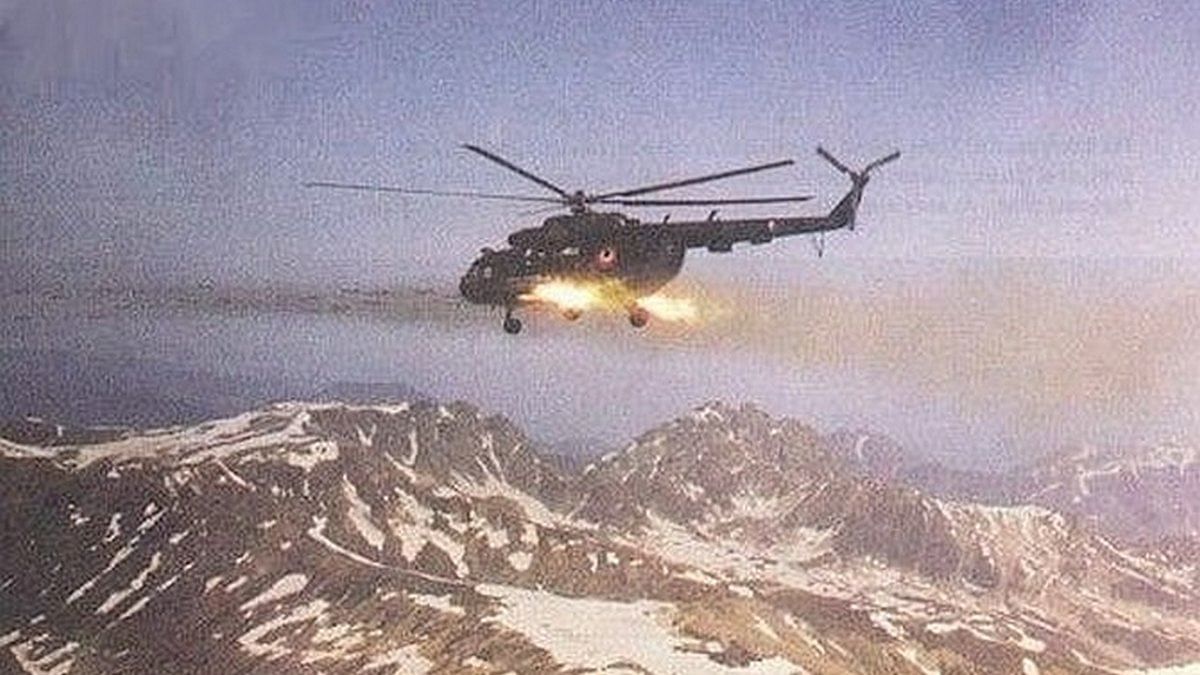
Netflix India is gearing up to take viewers on a thrilling journey through history with a new series based on “Operation Safed Sagar,” a pivotal mission undertaken by the Indian Air Force during the 1999 Kargil War.
The series will be helmed by director Oni Sen, known for his acclaimed work on the web series “Asur.” [Peeping Moon] reports that production company Matchbox Shots, led by Sanjay Routray, Sarita Patil, and Dikssha Jyoti Routray, will be bringing this story to life.
Continue readingSOURCE: AFI
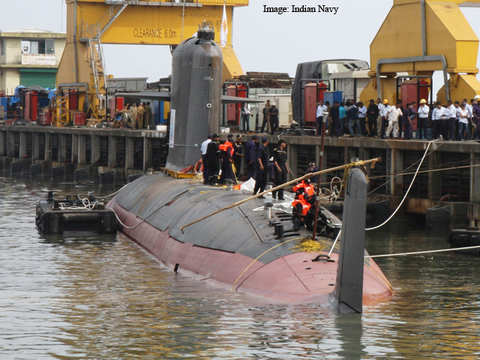
The Indian Navy is keenly aware of the pitfalls of neglecting its domestic submarine construction expertise. A critical period, often referred to as the “lost decade” (1995-2005), serves as a stark reminder of the consequences of letting capabilities atrophy.
During this period, Mazagon Dock Shipbuilders Limited (MDL), India’s primary submarine builder, witnessed a significant decline in its capabilities. This stemmed from the unresolved corruption scandal surrounding the procurement of four German HDW Type 209/1500 submarines. The subsequent suspension of submarine construction activities led to the gradual erosion of crucial skills and infrastructure at MDL.
Continue readingSOURCE: AFI

Zen Technologies has announced a significant achievement in enhancing India’s defense capabilities with the successful delivery of its innovative Zen Anti-Drone System with Hard-Kill (Zen ADS HK) to the Army Air Defence College in Gopalpur, Odisha. This marks a pivotal moment in the country’s efforts to counter emerging drone threats and safeguard its airspace.
Building on the success of its previously deployed soft kill anti-drone systems by the Indian Air Force, Zen Technologies has developed the Zen ADS HK to provide an additional layer of robust protection. The system seamlessly integrates with existing legacy defense infrastructure, ensuring compatibility and operational efficiency. At the core of Zen ADS HK is a state-of-the-art Electro-Optical Tracking System (EOTS), designed and developed in-house by Zen Technologies.
Continue readingSOURCE: AFI

The year was 1987. The Cold War, a colossal game of brinkmanship, dominated the world stage. The United States and the Soviet Union, locked in an ideological duel, cast long shadows over the international landscape. In this tense environment, India, a burgeoning power, was making its own strategic move – acquiring its first nuclear submarine.
Captain R N Ganesh, a submariner brimming with ambition, led a team of Indian officers on a crucial mission – securing a Soviet nuclear submarine. Negotiations concluded, a three-year lease agreement was signed, marking a historic moment for India’s naval aspirations.
Continue reading